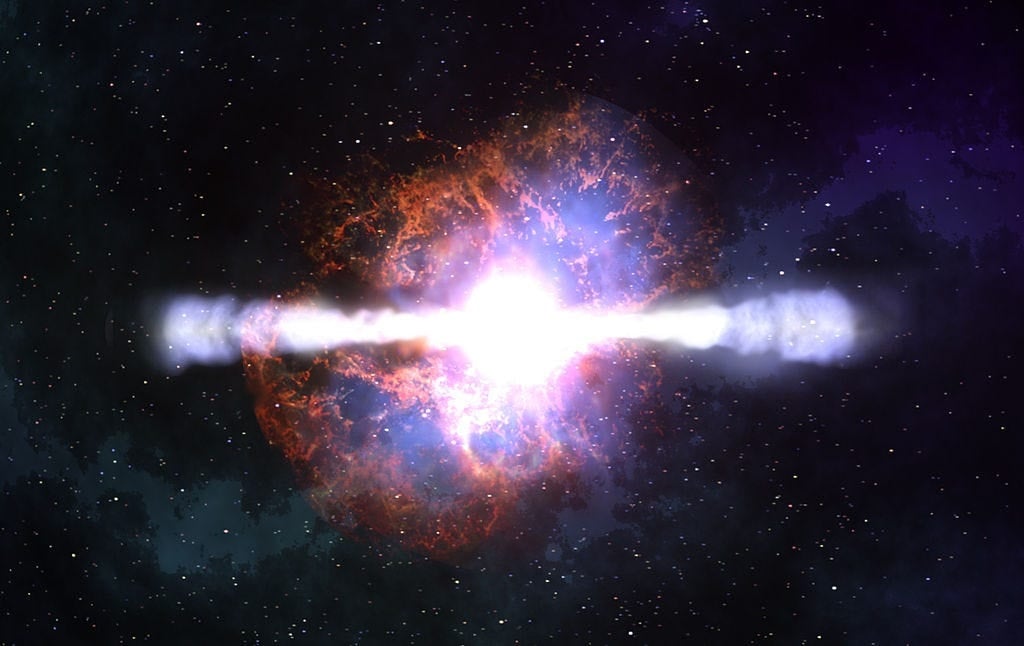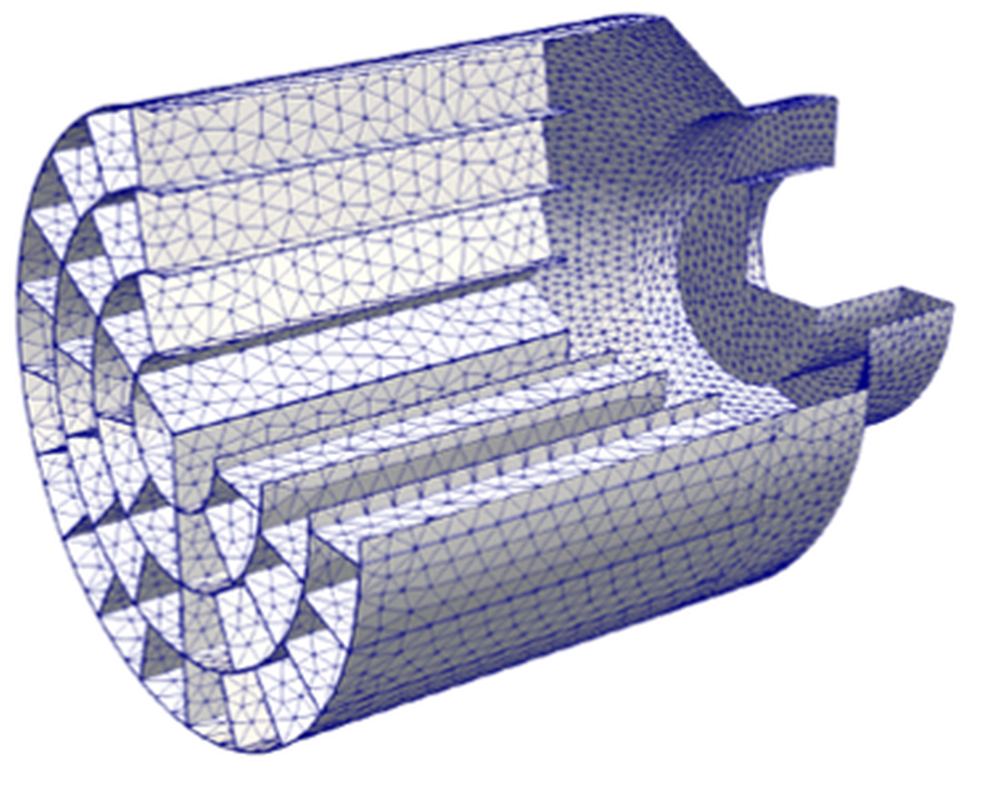
Recent observations and theortetical work have brought us one step closer to resolving the mystery of what lies at the center of the supernova SN 1987A
Continue reading

Continue reading

Continue reading

Continue reading

Continue reading

Continue reading

Continue reading

Black hole mergers with very different masses tell us how small mergers can give rise to even larger ones.
Continue reading

An international team of astronomers discovered some surprising when studying a debris ring around our Milky Way: the remnants of an ancient globular cluster
Continue reading

Continue reading

Continue reading

Continue reading

Is it possible that the aliens are not hiding, but sleeping and waiting for the Universe to get better?
Continue reading

It's August and that means the Perseid meteors are inbound, starting this weekend this shower is a sure-fire bet, though 2020 sees the spectacle go down under somewhat challenging circumstances.
Continue reading

Continue reading

Continue reading

Continue reading

Continue reading

Astronauts Robert Behnken and Douglas Hurley just returned from the ISS, completing the first crewed mission from US soil in almost a decade.
Continue reading

Yesterday, SpaceX moved one step closer to sending people to the Moon and Mars when its SN5 prototype successfully made a 150 m (~500 ft) hop test!
Continue reading

Continue reading

A new study by a team of astronomers and planetary scientists calculate that some stars could have as many as 7 habitable planets orbiting them!
Continue reading

The Universe is about 10% smoother than we expect, and astronomers aren't entirely sure why.
Continue reading

Continue reading

NASA's Perseverance rover experienced some hiccups shortly after launch, but is back on track and making its seven-month journey to Mars.
Continue reading

SpaceX successfully completed a static fire test with its SN5, which will be followed shortly by a hop test!
Continue reading

A strange celestial tension could be caused by a cosmic tango between events at very small and very large scales.
Continue reading

Continue reading

Continue reading

Continue reading

A new study by an international team of astronomers has shown that eclipsing binary stars could act as a natural "starshade," making it easier to spot orbiting exoplanets.
Continue reading

Continue reading

Continue reading

Continue reading

Continue reading

Continue reading

Looking to answer the question of "where are all the aliens," some scientists have suggested that planets like Earth might actually be very rare.
Continue reading

Continue reading

Continue reading

Some asteroids orbit the Sun in highly inclined orbits, and they might be aliens to our solar system.
Continue reading

Continue reading

Continue reading

Continue reading

Continue reading

A new study by an international team of astronomers and cosmologists has used globular clusters to come up with new estimate for the age of the Universe.
Continue reading

Continue reading

Four gamma ray telescopes have used a new method of interferometry to measure the size of two stars.
Continue reading

Continue reading

On Sunday, August 2nd, astronauts Bog and Doug will return from the ISS, thus completing NASA's first crewed mission from US soil in almost a decade.
Continue reading

Continue reading

 Universe Today
Universe Today
















































